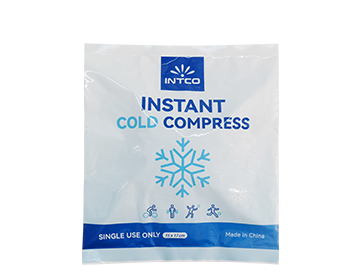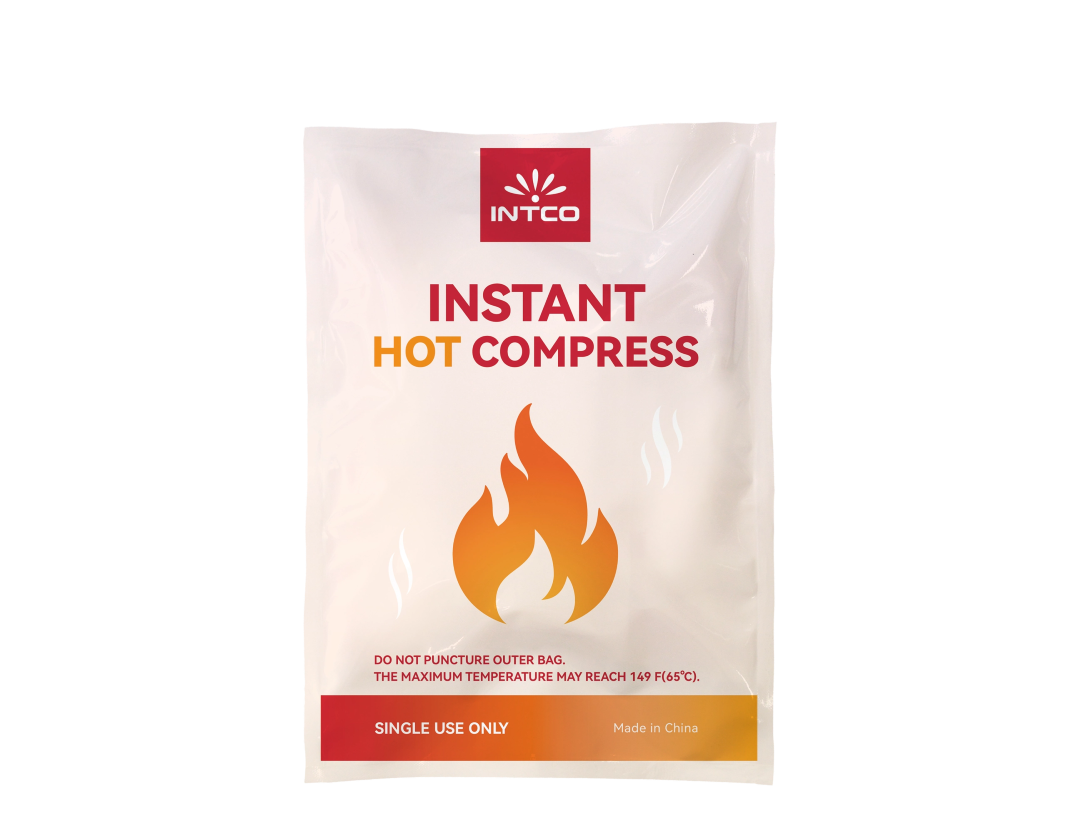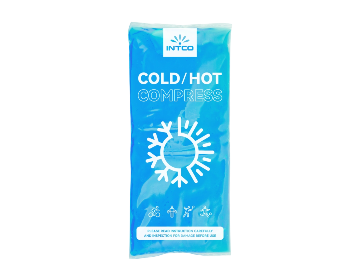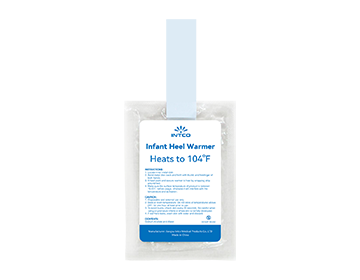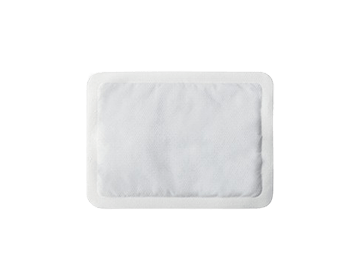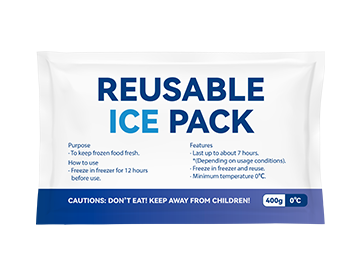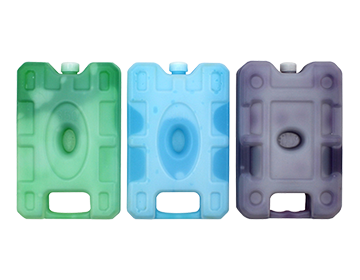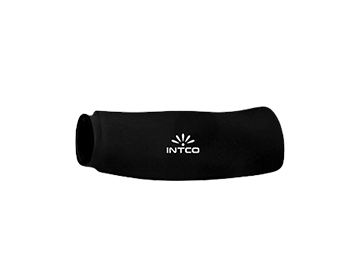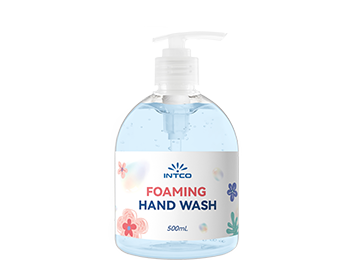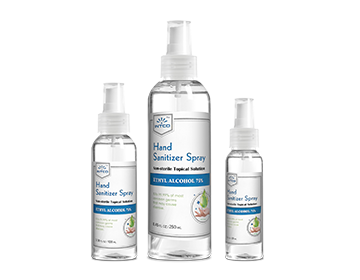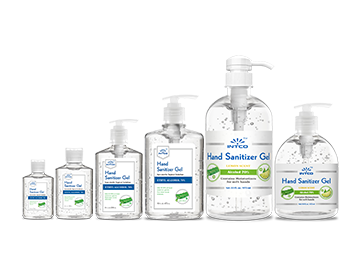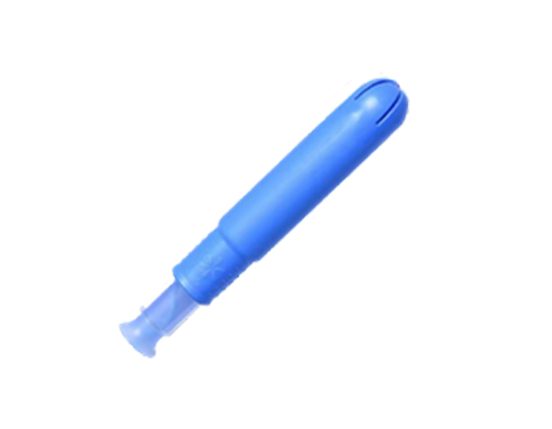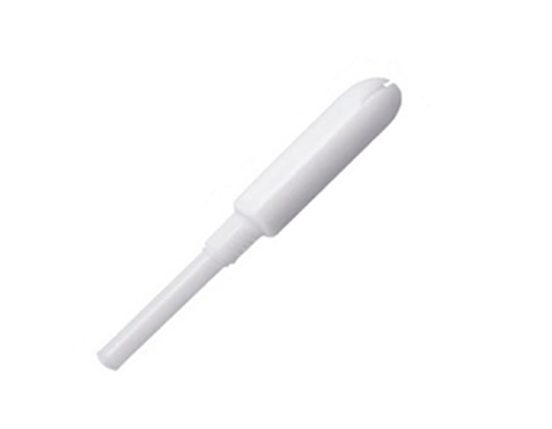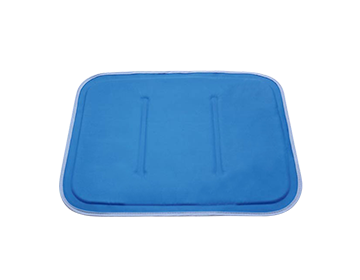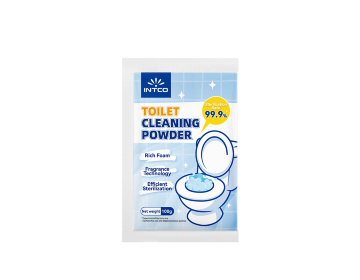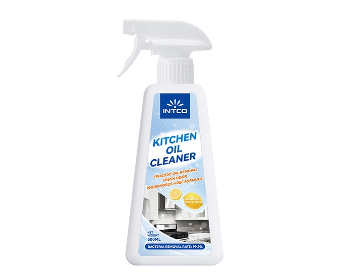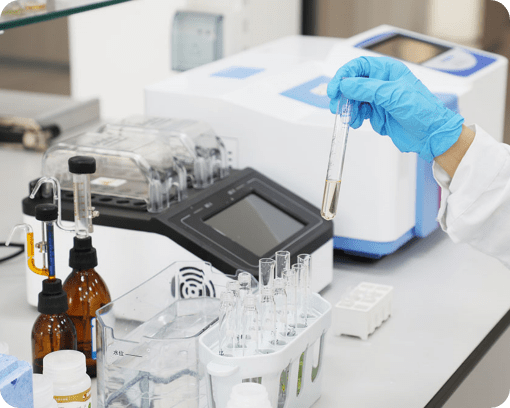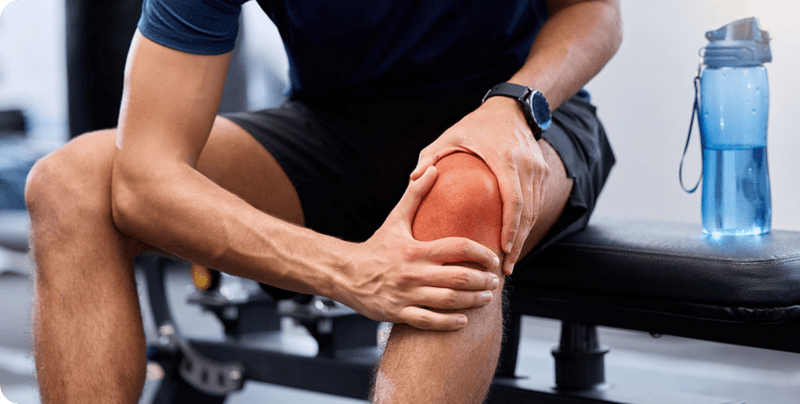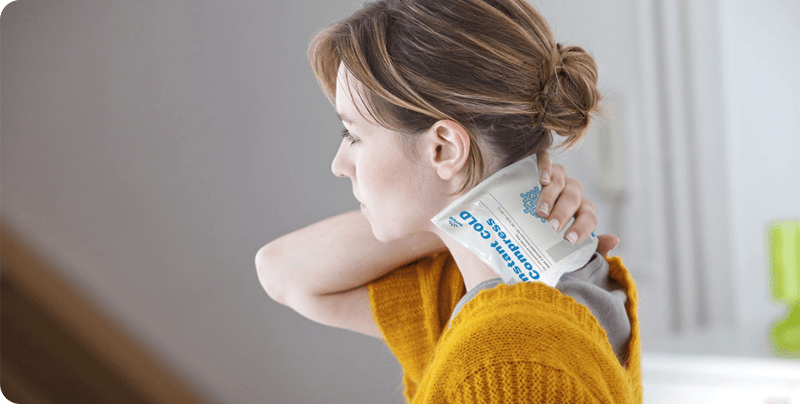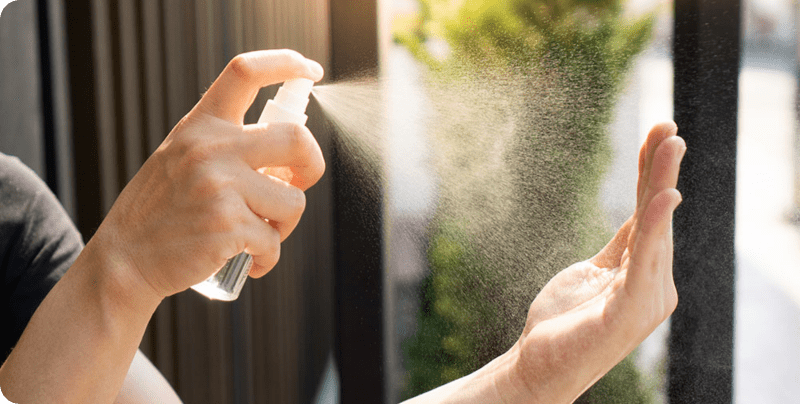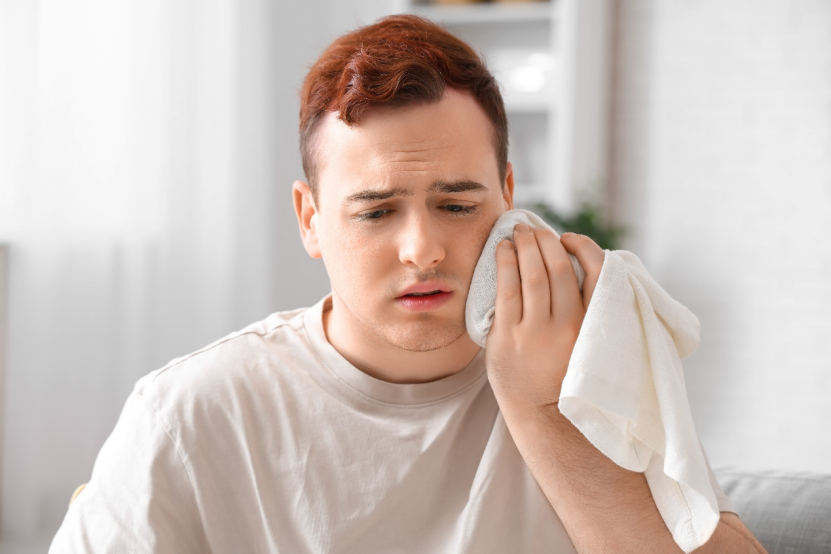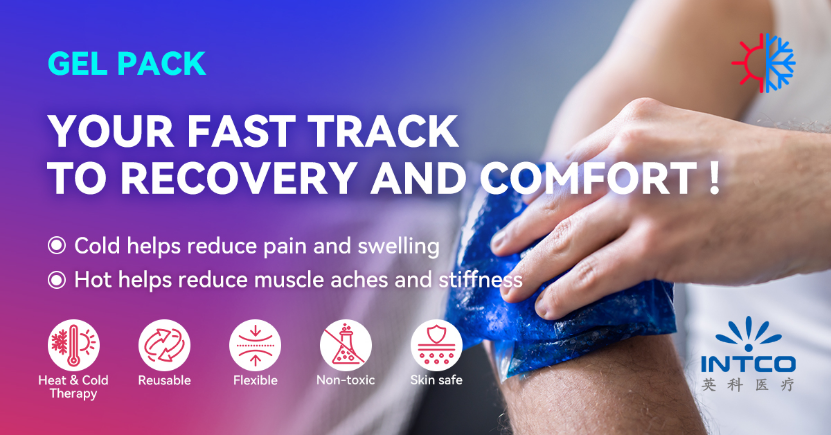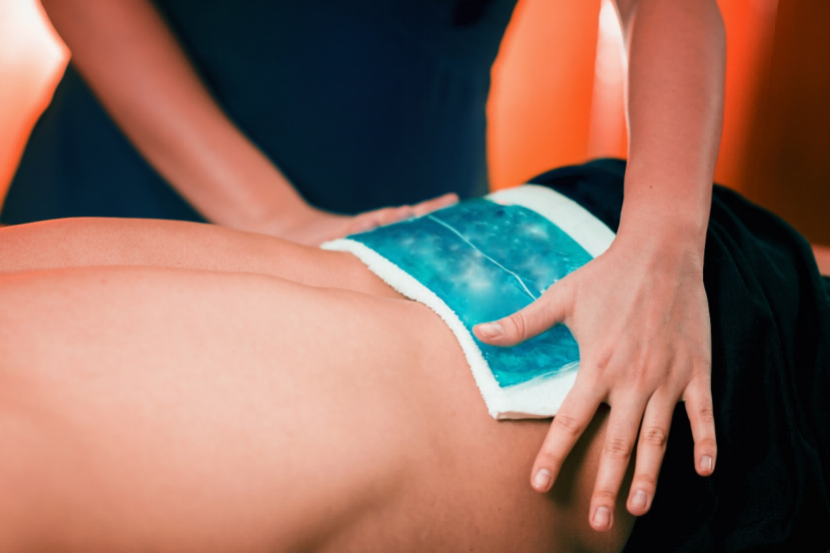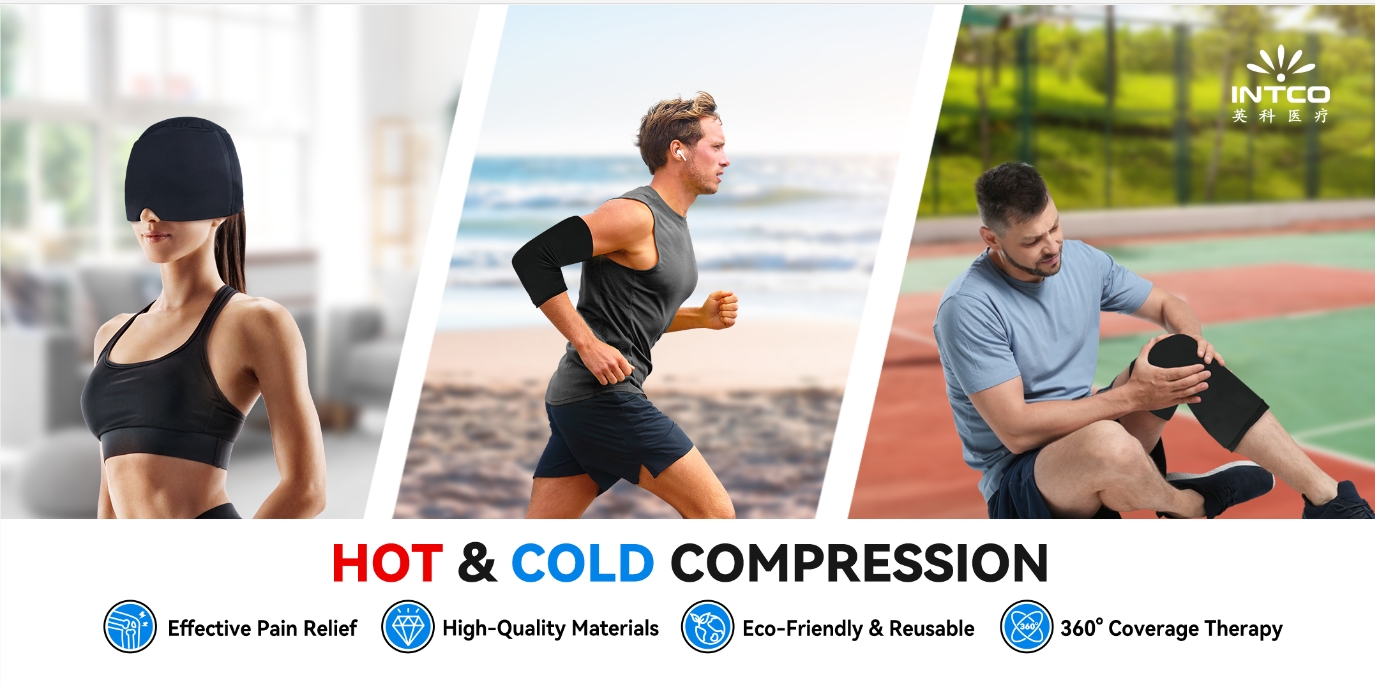How to Avoid the Side Effects of Cold Therapy: Key Precautions to Follow
Cryotherapy is another popular yet effective treatment to heal pain, swellings, and inflammatory conditions. Prevalent in sports medicine, physical therapy, and personal care, cold therapy rapidly relieves multiple types of trauma and other complaints. This treatment is preferred for muscle pulls, postoperative discomfort, swelling, and injury pain. However, like other clinical remedies, it also needs to be used appropriately because of its related side effects.
Understanding Cold Therapy and Its Benefits
Cold therapy constricts blood vessels to reduce swelling and numbs the pain in that particular area. It is most generally used right after injury or surgery to manage inflammation and discomfort.
However, if cold therapy is not applied correctly, skin damage, frostbite, or other injury could result. It is important to know the key precautions to observe so that cold therapy will be both safe and effective.
The Essentials to Observe Safety Precautions: Applying Cold Therapy
Some basic precautions have to be observed while applying cold to the body in order to fully exploit the benefits of cold therapy and minimize risks associated with it. Instant cold packs, reusable hot and cold gel packs, ice bag and cooling patch or other forms of cold therapy will have to follow these recommendations or guidelines to ensure safety and effectiveness.
Never Apply Cold Directly to Skin
Among the main rules of applying cold therapy, it is important never to put ice or cold packs on the skin directly. This may lead to a failure in the tissue or frostbite. Always wrap a thin towel or cloth around the cold pack so that there would be a barrier between the cold source and your skin. This will ensure the cold penetrates deep enough to reduce the pain and swellings without causing damage to your skin.
INTCO Medical offers instant cold packs and reusable hot & cold gel packs for reliable cold therapy products, all designed with safety and ease of use in mind. For example, their instant cold packs are single-use and in disposable form in order to ensure that the cold is applied in a controlled manner.
Avoid Prolonged Cold Therapy Above 10–20 Minutes
Cold therapy is best given in spurts. Application of cold therapy for 10–20 minutes at one time several times a day is best. Keeping skin exposure to cold temperature for a very long time may damage tissues, injure nerves, or cause burns.
During each session, make sure to check the skin regularly for any signs of discomfort, such as numbness or discoloration. If the area starts to feel too cold or numb, discontinue use immediately. This ensures that you’re not causing harm to the tissue under the skin.
Avoid Cold Therapy on Areas with Poor Circulation
Cold therapy is most effective in cases of soft tissue swelling and inflammation. Cold therapy should not be applied on the parts with poor blood flow, which usually includes the extremities, that is, hands, feet, and also the areas that suffer from peripheral vascular disease. Cold reduces the blood flow, and hence may lead to complications if proper circulation does not take place.
Special caution is needed for any condition that impairs circulation, including diabetes. If you are unsure about how cold therapy is affecting your circulation or nerve function, consult a health professional before applying cold treatment.
Do Not Apply Cold to Broken Skin
Cold therapy should never be applied to broken, bruised or cut skin. Broken skin is highly vulnerable and direct application of cold may heighten the vulnerability to injury or infection. Always make sure that skin is intact before applying cold therapy.
Be Cautious When Pregnant
Cold therapy is best avoided in pregnant persons over the abdomen. Cold therapy is otherwise safe for most body parts, but applying it over the abdomen during pregnancy can result in potential harm to the growing fetus or lead to complications. It is best to consult with a physician before applying cold therapy in pregnant conditions.
Avoid Cold Therapy While Sleeping
Cold therapy should never be used while sleeping. The numbing effect of cold therapy can make one unaware of any adverse reactions, which also include damage to the skin, along with worsening of the condition. A person must always be awake when cold therapy is applied for safety and must remove the pack when discomfort is being felt.
Be Aware of Medical Conditions Affecting Sensation
Various medical conditions, including diabetes, peripheral neuropathy, or Raynaud’s disease, which alter sensation can affect the body’s ability to realize when a change in temperature is taking place. The use of cold therapy in the presence of such a condition needs to be more cautious. You are unable to perceive if tissue is being further injured from too intense cooling.
Of concern to a cold therapy has to be its patient treatment and especially dealing with diabetes or any other blood flow problems. Seeking consultation with a doctor could therefore always show the best forms of usage.
The Role of INTCO Medical’s Cold Therapy Products in Safe and Effective Treatment
INTCO Medical offers a few cold therapy solutions that greatly minimize the risk of improper use. This will be ideal for businesses in search of compliant and reliable cold therapy products for their customers.
INTCO Instant Cold Pack: Convenient and portable with no refrigeration required, an instant cold pack provides treatment right from the physician’s prescription in the case of slight injuries during participation in outdoor events or sports, besides work-related contingencies. These are single-use packets; detailed usage is included for safety in application.
Reusable Hot & Cold Gel Packs: INTCO Medical manufactures reusable gel packs for hot and cold therapies. These are used in cold therapy to reduce swelling and pain from injuries, while heat therapy relaxes the muscles and improves circulation. In addition, these packs are available in various sizes and colors, hence giving flexibility in treating different parts of the body.
INTCO Ice Bag: Convenient and reusable, INTCO ice bags provide excellent cold therapy for reducing pain, swelling, and inflammation. The pleated design conforms closely to body contours, ensuring effective treatment. Available in customizable sizes and colors, INTCO ice bags can be used for fever, headaches, or post-surgery care. Simply add ice or cold water for instant relief.
INTCO Cooling Patch: Gentle and skin-friendly, INTCO cooling patches deliver long-lasting relief for fever, headaches, and toothaches. Made from non-woven fabric and hydrogel, INTCO cooling patches offer a menthol aroma and strong adhesion. These disposable patches provide up to 8 hours of cooling, making them ideal for summer activities or as a soothing solution for pain management.
Conclusion: Ensuring Safe and Effective Cold Therapy Use
Cold therapy is an excellent means of managing pain, swelling, and inflammation. If not operated within the correct guidelines and parameters, however, some adverse effects may result: skin damage, frostbite, or worsened circulation problems. If you follow these major precautions identified in this blog, you will be secure in knowing cold therapy will continue to be a safe, as well as valuable, part of your healthcare.

